“Incredible” diabetes management app now recommended by NICE
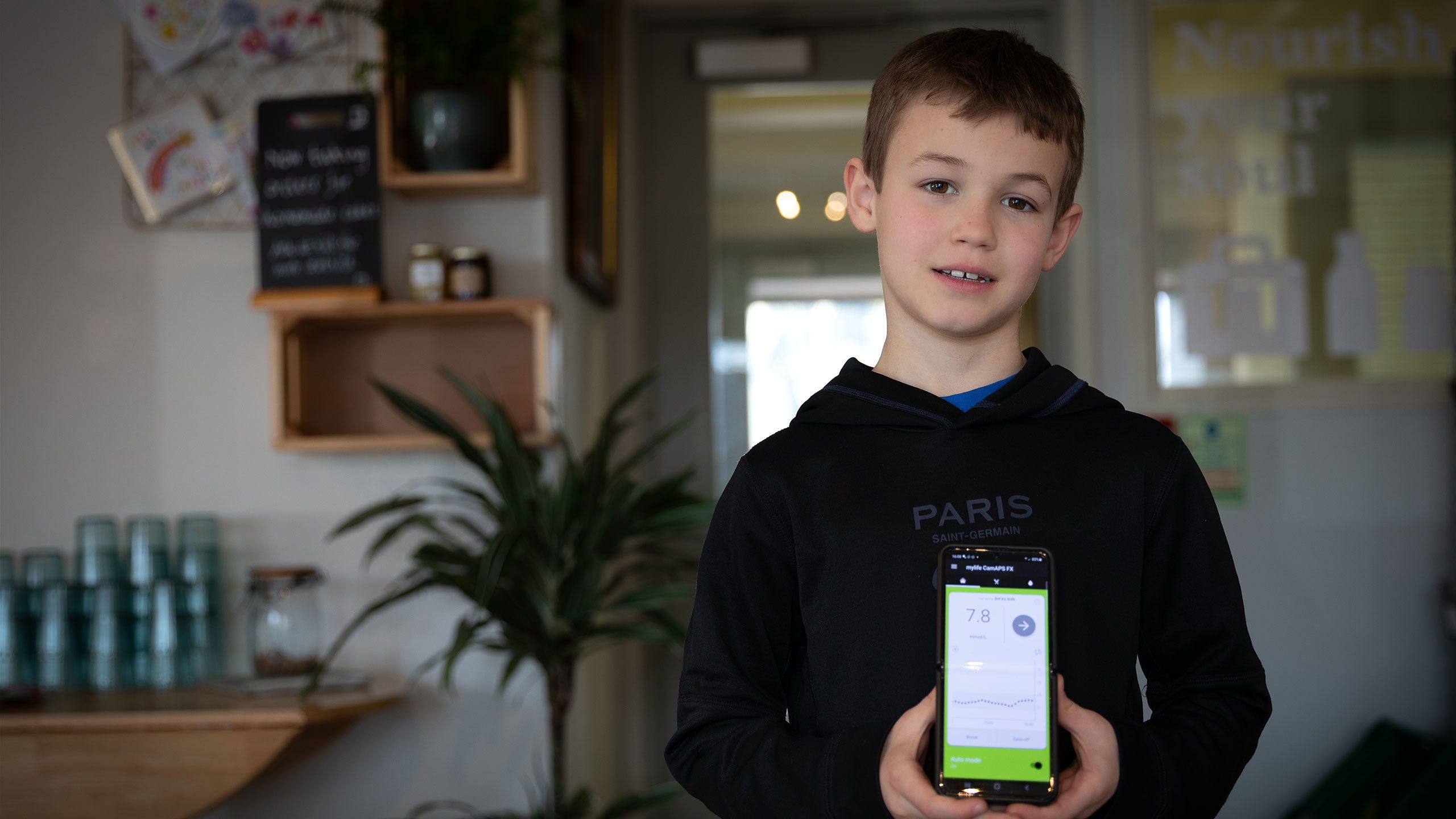
The National Institute for Health and Care Excellence (NICE) has today (7 November 2023) recommended hybrid closed loop systems, including the CamAPS FX app, for use in managing type 1 diabetes, meaning that even more people living with the disease will be able to use this life-changing app.
“CamAPS has been a godsend,” says Ian Haigh, father to nine-year-old Eddie who has type 1 diabetes. Eddie uses the app to help him manage his diabetes – it’s meant an end to the relentless cycle of finger-pricking, injections and sleepless nights. Thanks to the CamAPS FX app Eddie can now learn without interruption, spend time with his friends and play sport.
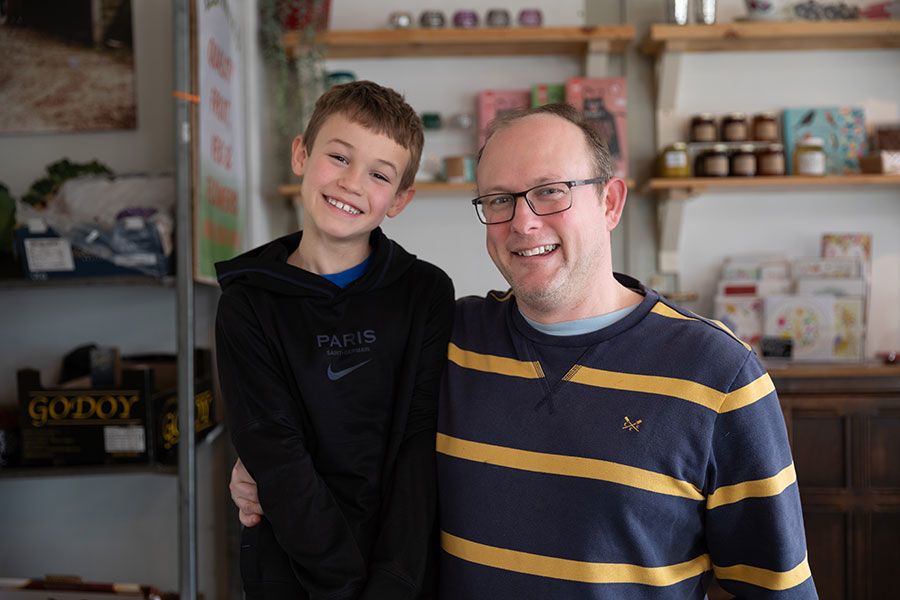
Eddie and Ian Haigh
Eddie and Ian Haigh
Eddie was diagnosed with type 1 diabetes when he was three years old. “We were in Norfolk on holiday,” says Eddie, “and I was drinking a lot of water and going to the toilet a bunch of times.”
Sensing something might be wrong, Ian took Eddie to the GP who sent them urgently to hospital. Within 20 minutes they were in A&E. Tests showed that Eddie had hyperglycaemia – dangerously high blood sugar levels. The next few days were spent on the ward. While the doctors worked to stabilise Eddie, Ian and his wife, Sarah, were given a crash-course in managing type 1 diabetes.
“Diabetes is overwhelming, you have to be on top of it constantly,” says Ian. “We were injecting Eddie with insulin eight or nine times a day – every time he wanted to eat or was getting too high.” A further injection was given overnight to keep Eddie stable, all administered with an insulin pen.
On top of the injections were the finger skin pricks to assess glucose levels and calculate the insulin needed. Eddie worked out that he used to have around 15 a day totalling over 3,000 a year. Ian remembers how sore Eddie’s fingers became.
“It was exhausting. During the night we’d be up four or five times just checking him,” says Ian. If Eddie’s glucose levels were too high or low, Ian or Sarah could be up for several hours as they waited for the insulin to stabilise his blood sugar. And then in the morning there was work or school to go to.
Eddie remembers having to leave class to go to the school office to have his injections and sitting out of PE – one of his favourite lessons – if his glucose levels were too low. Play dates, sleepovers and school trips were almost impossible.
But three-and-a-half years after Eddie’s diagnosis, a call out of the blue – an invitation to take part in a study to trial a new app called CamAPS FX – would change everything. It was 2020 and the country was in lockdown. Ian was furloughed from his job in hospitality “attempting” to home-school Eddie and older son, Henry.
“It was Eddie's decision of course,” says Ian, who explains that despite Eddie feeling apprehensive at first, he decided to give it a go after meeting the clinicians running the study.
“It’s been unbelievable, life-changing,” says Ian. “We’re so lucky to have CamAPS. It’s not an ideal situation that Eddie’s got type 1 diabetes but now the management is so much easier.”
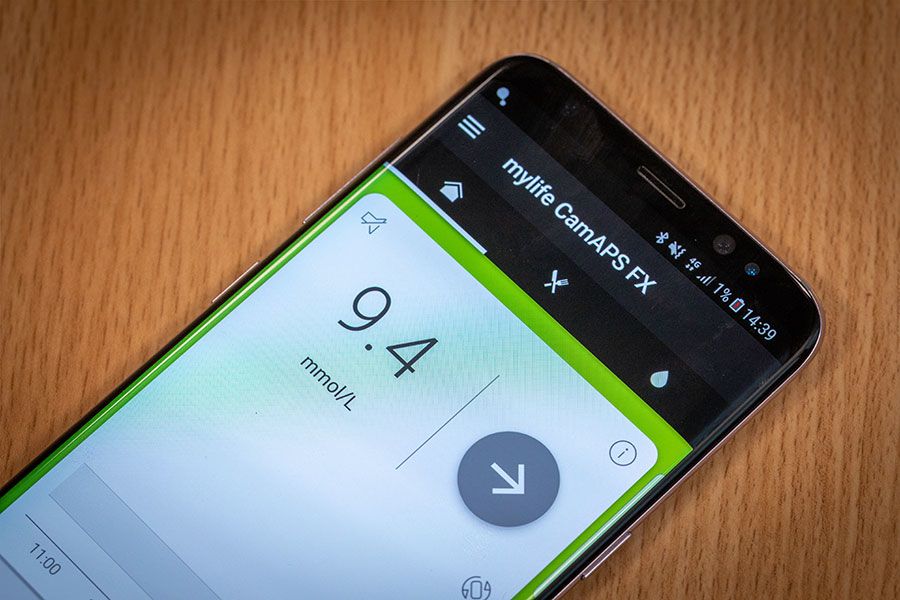
Phone showing CamAPS FX
Phone showing CamAPS FX
The CamAPS FX app works by taking a measurement of Eddie’s glucose levels, via a sensor that he wears, every five minutes. This information is fed back into the app which uses an algorithm to calculate how much insulin is needed. This data is then sent to an insulin pump, that dispenses the correct amount of insulin. Over time the app learns more about Eddie’s diabetes and lifestyle meaning the algorithm becomes increasingly fine-tuned to his needs.
When Eddie eats, he lets the app know how much carbohydrate he’s eating. The app then calculates the insulin needed which Eddie can release with a touch.
“Giving insulin is ten-times quicker than using the insulin pens as I just press the knife and fork button on the app,” says Eddie, “and I hardly ever need finger pricks.”
“It’s all done by the phone which is just incredible”, says Ian.
Having the app on a mobile phone means that Eddie can keep an eye on his glucose levels easily. Ian and Sarah can also access CamAPS on their phones too which helps to give them peace of mind if they’re not with Eddie. The app also sends an alert when his glucose levels are too high or low meaning that the family can finally sleep through the night knowing that if there’s a problem the app will wake them up.
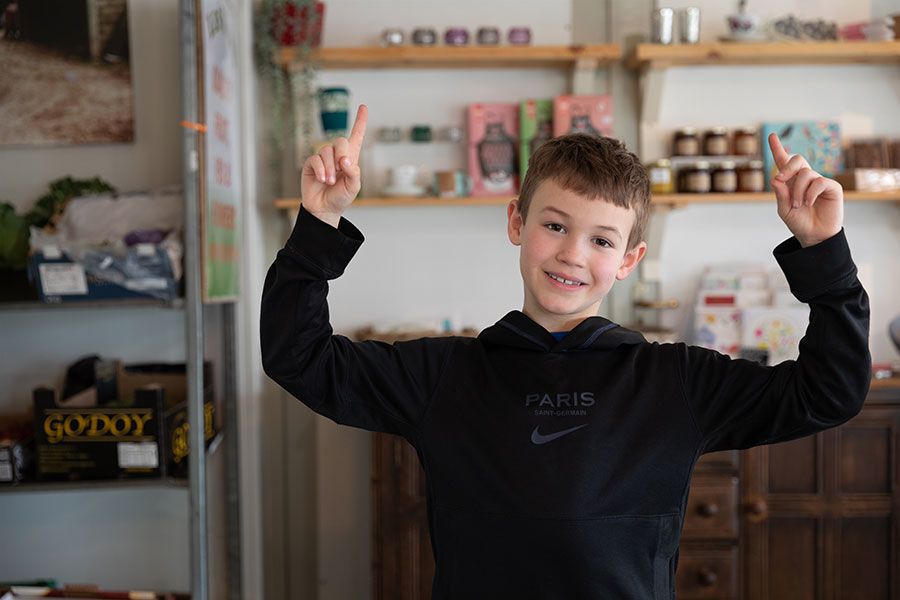
Eddie Haigh
Eddie Haigh
Almost three years have passed since the initial study. These days Eddie takes the lead in managing his diabetes. He’s even been involved in improving the app and through the trial has met other children with diabetes – helping him to feel like he’s not the only one with the disease. As for Ian, after many years of working in hospitality, and buoyed by the extra hours of sleep, he took the plunge and opened his own café. “Business is good,” he says.
Ian says the app has “given us more freedom”. The whole family is feeling the benefit and Eddie especially is flourishing.
“Now I don’t need to leave class or go to the office at lunchtime,” says Eddie. “I can go to friends’ houses, have sleepovers and play football.”
What is type 1 diabetes?
“Our glucose levels need to be kept stable,” says Professor Roman Hovorka, of the Wellcome-MRC Institute of Metabolic Science,* who has studied type 1 diabetes for over 20 years and pioneered the development of the CamAPS FX app, “this is primarily achieved through insulin, which is secreted by the pancreas in just the right amounts needed to keep glucose levels in a narrow range. However, in people with type 1 diabetes, the immune system attacks the cells that produce insulin, removing the pancreas’ ability to self-regulate blood sugar levels.”
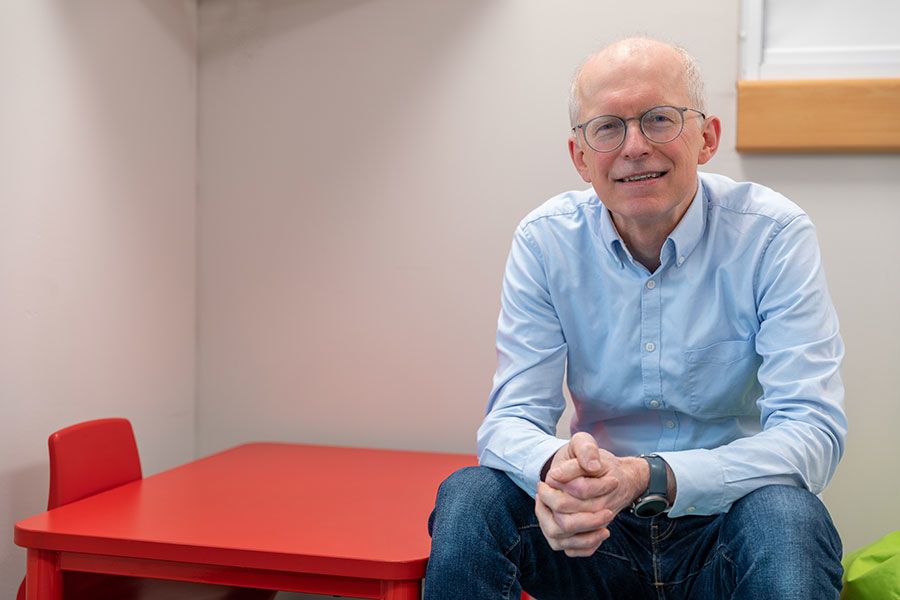
Professor Roman Hovorka
Professor Roman Hovorka
There isn’t a cure for type 1 diabetes and if not managed correctly there could be devastating consequences. Too high glucose levels could lead to long term health complications resulting in amputation, heart disease, eye disease or kidney problems. Too low glucose levels could cause loss of consciousness, a coma or death.
How can ‘artificial pancreas’ technologies help people with diabetes?
“Diabetes is a difficult disease to manage,” says Dr Julia Ware, who leads the children's and young people’s studies within Hovorka’s research group. “It requires a lot of decision making and it’s quite easy to get wrong. For example, you might be having to make medical decisions, which you’re not trained for, at 3am in the morning.”
“It’s relentless; you can never escape it,” agrees Dr Charlotte Boughton, who runs studies alongside Hovorka and Ware. She describes the “decision fatigue” she has seen in so many of the adults she’s worked with.
“It’s like any new year's resolution,” she says, “you might start out with good intentions but after a while it becomes too much, other things take priority and diabetes takes a backseat – that’s when things can spiral.”
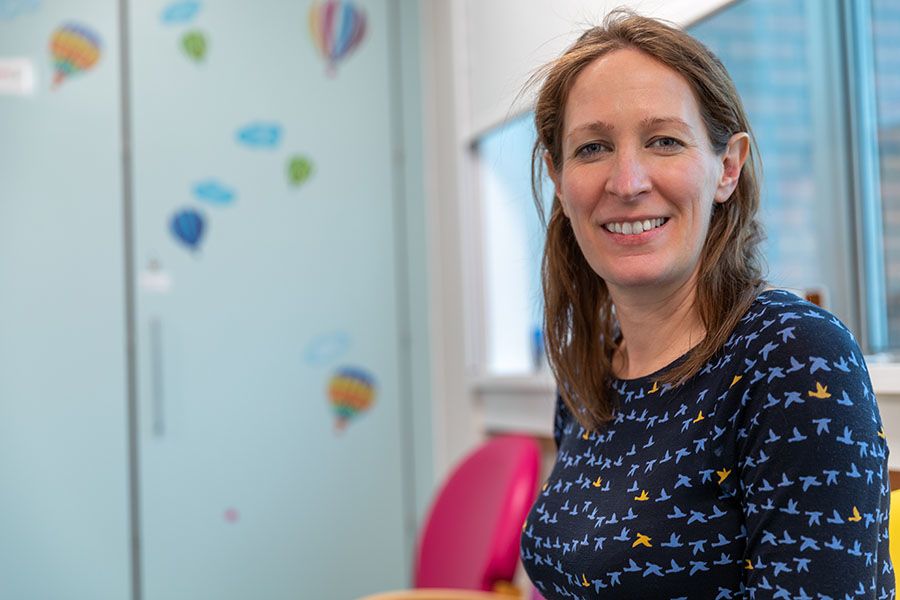
Dr Charlotte Boughton
Dr Charlotte Boughton
But ‘hybrid closed loop systems’ like the CamAPS FX app, which are also known as ‘artificial pancreas’ technologies, are revolutionising the management of diabetes. Research has shown that not only do they improve glucose control across all ages, but they also increase measures of quality of life.
Indeed, several adults Boughton has worked with describe using CamAPS FX as the first time they’ve been able to “take a holiday” from diabetes.
“I think it allowed people to be able to keep diabetes in the background and carry on with other aspects of their lives, rather than it being right at the forefront of their minds or dropping off the radar completely,” says Boughton.
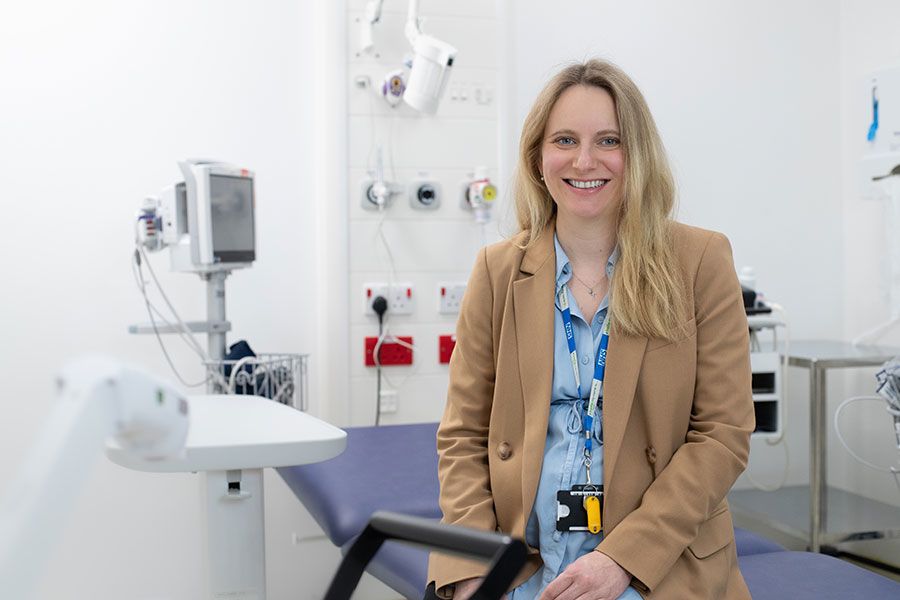
Dr Julia Ware
Dr Julia Ware
And for children and young adults whose brains are still in development, there are additional benefits of hybrid closed loop systems, as Ware explains: “Long-term studies have shown that if you have type 1 diabetes and poor glucose control, your brain develops differently. Periods of high or low glucose levels can also affect learning.
“It’s so important that we get it right for children and young people at this crucial stage of life so that they can reach their full potential.”
While typically under reported, Ware believes that the improvements to quality of life are as important as the medical benefits.
“I’ve heard heart-breaking stories of parents telling me that before they had CamAPS they would just park their car outside the school every day and sit there because they were too scared to leave their child.”
Ware explains that the app has allowed parents to return to work, sleep through the night for the first-time since diagnosis and trust their children with other people.
“CamAPS doesn’t take diabetes away, it’s important to stress that, but it does relieve the burden quite a bit.
“I think the NICE recommendation for ‘artificial pancreas’ technologies including CamAPS is really exciting for children and families. They deserve to have access to the best possible treatment.”
What do the NICE recommendations mean for people with type 1 diabetes?
“The NICE guidelines are an essential milestone in the journey of helping people with diabetes to live better lives,” says Hovorka. The guidelines recommend the use of hybrid closed loop systems – which includes CamAPS – to all children, adolescents, women planning pregnancy, and pregnant women, and also to adults struggling with the management of their type 1 diabetes or deemed at risk of long-term negative health consequences.
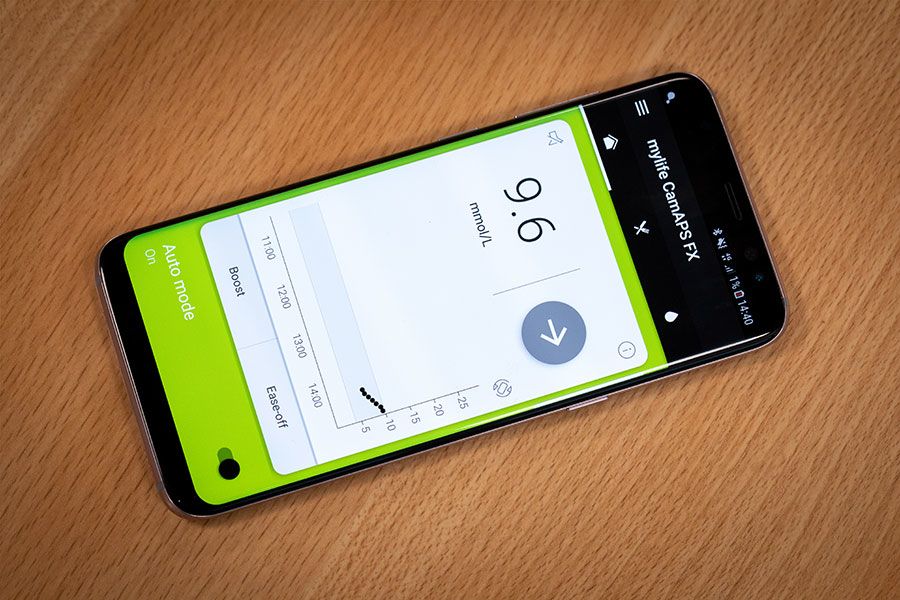
Phone showing CamAPS FX
Phone showing CamAPS FX
For Hovorka’s research group and collaborators, the announcement is the culmination of years of work – honing algorithms, conducting clinical trials and commercialising the technology.
“It’s a crucial stepping stone in making the technology widely available,” says Hovorka. However, he’s keen to stress that there is still lots of work to be done in terms of rolling out the technology: “to start with, clinics need to embrace the technology and staff need to be trained to use it.”
But these needs fall against a backdrop of chronic understaffing in NHS diabetes units which could affect their ability to offer the new technologies, explains Boughton, who says it’s a “postcode lottery”.
Also to be considered is the eligibility criteria for ‘artificial pancreas’ technologies which will depend on someone’s glucose control (a measure of their average glucose levels). “The trouble is,” says Boughton, “glucose control will be assessed using a blood-marker, but what a blood-marker can’t tell you is the impact diabetes has on someone’s day-to-day life.
“Based on our experience we would like it to be available to everyone with type 1 diabetes – we don’t want anyone to miss out on this technology which could be life-changing.”
Hovorka agrees. While the NICE announcement is a landmark moment for the team, their mission remains the same: driven by a desire to improve the lives of people with diabetes and their families, they will continue doing what they’ve always done, that is “moving, innovating, changing and improving”. Hovorka says, “this is simply the closing of the first chapter and the beginning of the next.”
*Roman Hovorka is Professor of Metabolic Technology at the Wellcome-MRC Institute of Metabolic Science, Metabolic Research Laboratories. For his work on the ‘artificial pancreas’ Roman has been awarded the 2024 Banting Memorial Lecture by Diabetes UK and the 2023 Novo Nordisk Prize for Excellence by the European Association for the Study of Diabetes (EASD) and the Novo Nordisk Foundation (NNF). The work of Roman’s group is facilitated by the NIHR Cambridge Clinical Research Facility, Cambridge Clinical Research Centre. The CamAPS FX is commercialised via CamDiab Ltd.
Published 7 November 2023
With thanks to:
Charlotte Boughton
Eddie Haigh
Ian Haigh
Roman Hovorka
Julia Ware
Words:
Charis Goodyear
Photography:
Lloyd Mann
Nick Saffell
The text in this work is licensed under a Creative Commons Attribution 4.0 International License
